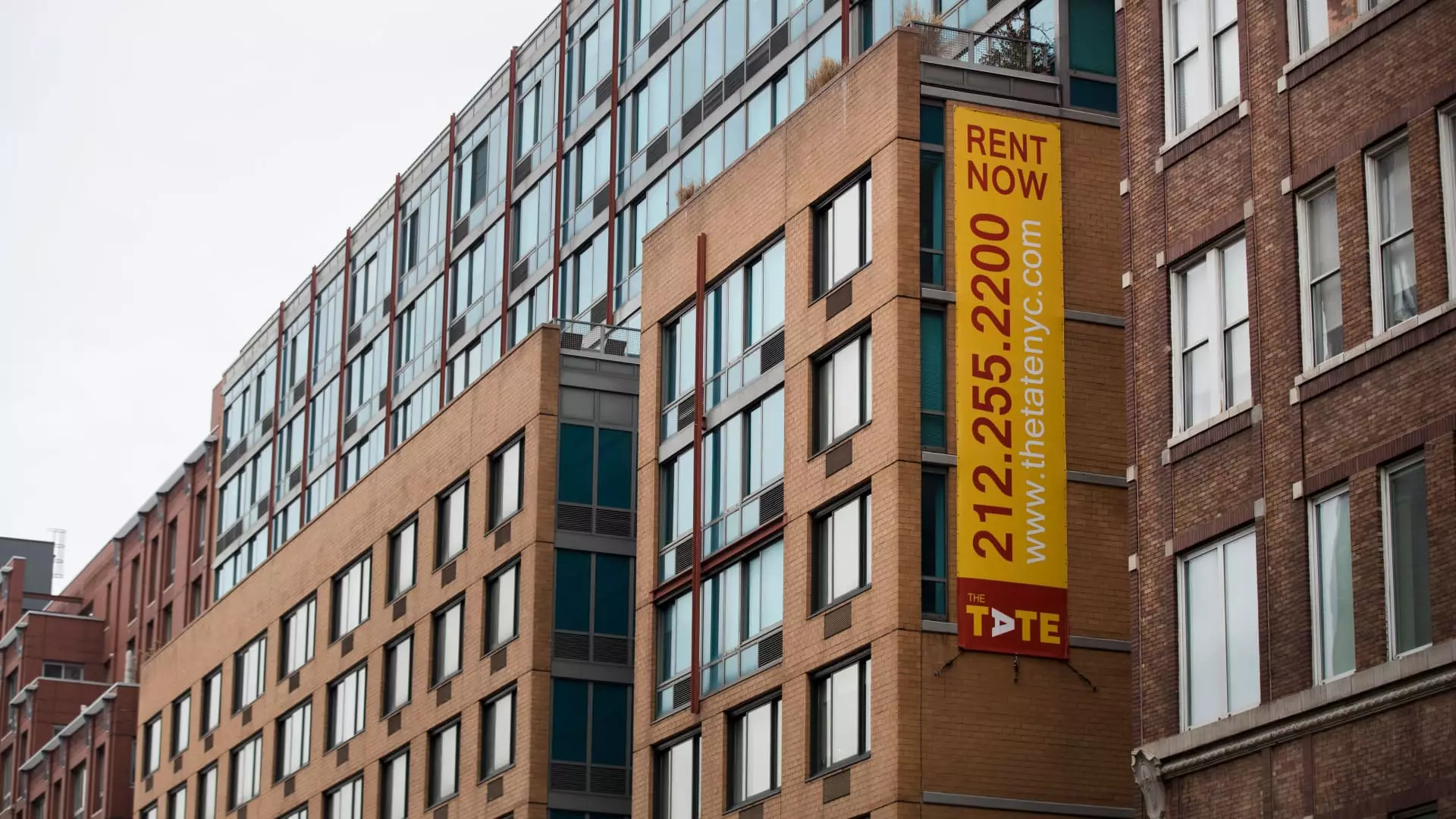In today’s housing landscape, renters are showing an unexpectedly strong tenacity. Traditionally, renting was seen as a temporary solution, a stepping stone to homeownership. However, recent data illustrates a compelling shift: nearly half of urban renters are choosing not to relocate once their leases are up. This phenomenon is emblematic of a broader societal change, driven by factors far more complex than mere convenience.
The Deterioration of Homeownership Dreams
One of the most striking reasons for this shift is the ongoing unaffordability in the for-sale housing market. Many millennials and young families are trapped in a quagmire where the dream of owning a home feels perpetually out of reach. Rising interest rates and inflated property values have transformed homeownership from an aspiration to a distant fantasy. Therefore, more individuals are opting to remain in their rented spaces, which, while still not cheap, at least affords them some measure of stability.
The Economics of Staying Put
Rather than inciting mass relocations, the current rental market dynamics – characterized by a mere 30% turnover compared to the 50% industry standard – is advantageous for landlords. Real estate analyst Alex Goldfarb highlights that property owners are capitalizing on this by increasing renewal rates, leading to enhanced cash flow. If you have ever moved, you recognize the financial drain that comes along with it. Factors such as moving costs and the labor involved in cleaning and repairs create a compelling argument for renters to stay put, even when rental prices rise incrementally.
The Allure of Suburban Comfort
Another factor contributing to this trend is the subtle shift of interest toward suburban apartments. With remote work becoming the norm and urban congestion growing increasingly unbearable, individuals and families are calmly migrating to spaces that provide larger and more comfortable living conditions. Suburbia may no longer symbolize quirkiness or stagnation; it now represents practicality and comfort – elements that urban living often overlooks.
The Pull of Economic Uncertainty
Furthermore, the broader economic climate has brought to light an undercurrent of anxiety. With a potential recession looming, job security is top of mind for many young professionals. This nervousness fuels hesitancy to make any drastic life changes, including relocating or buying a home. For some, the discomfort of living in a smaller rental is outweighed by the stability it provides in turbulent times.
The Promising Future of Multifamily Real Estate
Despite the mixed signals from the economy overall, the multifamily rental market is rebounding spectacularly. With significant positive net absorption rates and declining vacancy levels – now at 4.8% – this sector stands at a pivotal juncture. Analysts are optimistic about the future, suggesting that the fulfilling of pent-up demand could lead to sustained growth in rents and occupancy rates.
It’s clear that the upheaval within the housing market has sparked an unexpected revival of rental living. As these trends continue to unfold, they challenge our long-held notions about renting versus owning – raising intriguing questions about the future of urban living and the nature of stability in modern society.

